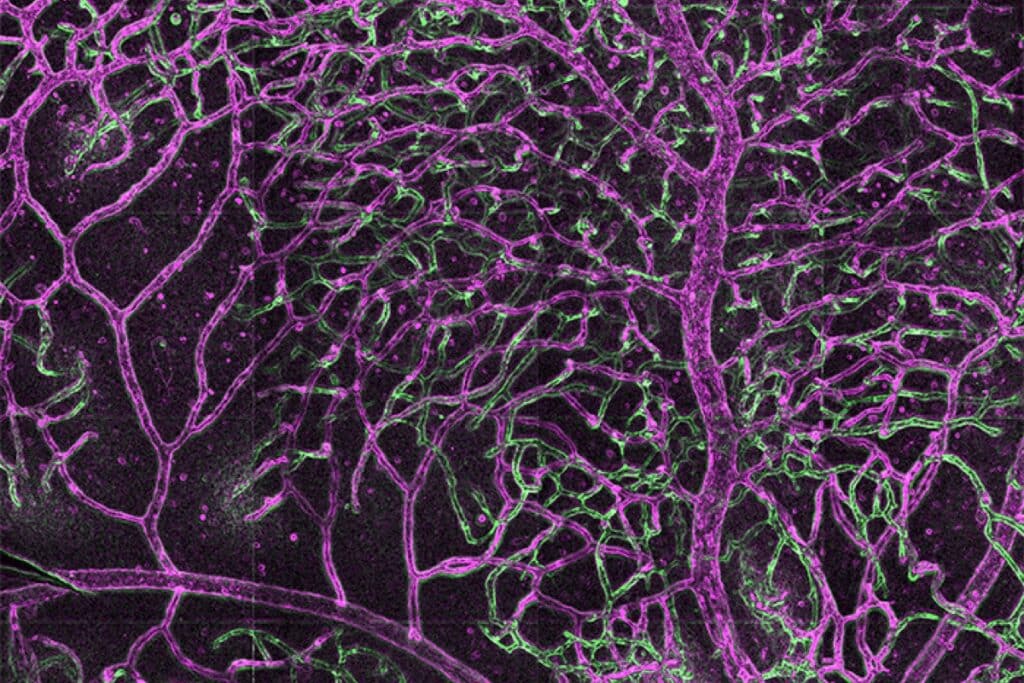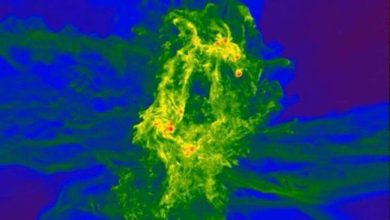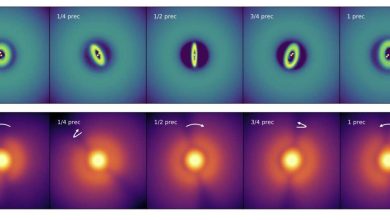
Biologists have shown how the network of blood vessels remembers the experienced stroke
(ORDO NEWS) — The vascular network of our body is able to change, adapting to the local blood flow and completely degrading where the flow stops.
The circulatory system includes a complex network of vessels through which nutrients, oxygen, hormones and a host of other necessary substances are delivered to the most remote corners of the body.
This network is not static: it changes and adapts to the needs of the body. However, sometimes this ability plays a negative role, making it difficult to recover from a stroke.
This conclusion was reached by scientists from the Institute of Dynamics and Self-Organization of the Max Planck Society.
Karen Alim and her colleagues modeled the dynamics of the vasculature, showing how it adjusts to stress.
“We found that the strength of connections within the network depends on the intensity of the local flow,” says Prof. Alim.
“If the flow drops below a certain level, the connection begins to weaken more and more noticeably, until it disappears altogether.”
Areas that do not need intensive blood supply are gradually supplied with less and less.
This allows the body to flexibly adapt to different living conditions and at the same time economically spend the resources necessary for the development and maintenance of the vascular network.
Scientists liken this ability to the movements of the Physarum slime molds , which are an ever-changing and moving network that continuously finds the best path to available nutritional resources.
Recall that this allows the slime molds to build very effective structures, repeating some of the achievements of people, the builders of the road network.
The new work also showed that once a vessel weakens due to a decrease in blood flow, it is almost impossible to “roll back” these changes.
This, in particular, can lead to blockage of blood vessels by plaques, causing a sharp drop in the flow through them.
Vessels quickly degrade, and the network is rebuilt, activating the flow of blood in other ways.
And even after the plaques are removed – for example, surgically – there is no complete restoration of the functionality of the former vessels.
—
Online:
Contact us: [email protected]
Our Standards, Terms of Use: Standard Terms And Conditions.








